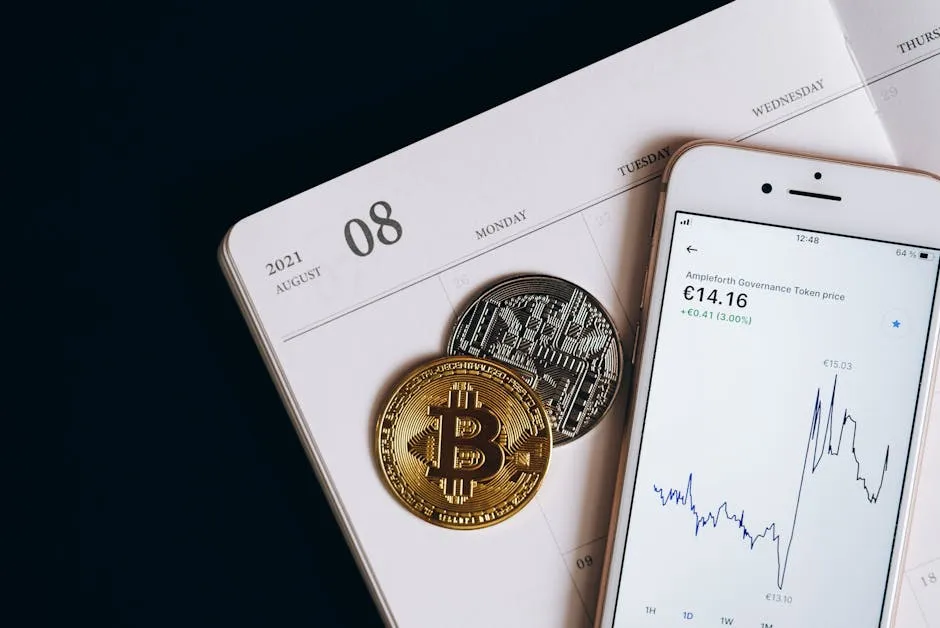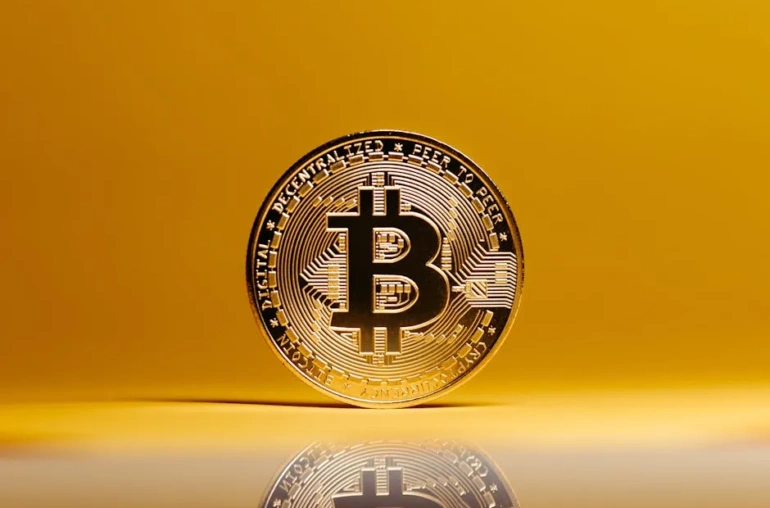
The Awakening of a Satoshi-Era Bitcoin Wallet
In a fascinating turn of events in the cryptocurrency world, a wallet from the early days of Bitcoin has come back to life after more than a decade of dormancy. This particular wallet, belonging to what is commonly referred to as a “Satoshi-era” Bitcoin whale, last saw activity in June 2011. Initially, it mined its coins between April and June 2009, a period that marked the infancy of the Bitcoin network.
A Glimpse into Bitcoin’s Early Days
The Bitcoin network went live in January 2009, and during its early days, mining was relatively straightforward, allowing enthusiasts and early adopters to amass significant amounts of Bitcoin with minimal effort. This wallet, which is now stirring intrigue among crypto enthusiasts, is a testament to those formative days when Bitcoin was still a novel concept, not the global financial asset it is today.
What Does This Mean for the Market?
The movement of funds from such a long-dormant wallet can prompt a variety of reactions in the cryptocurrency market. Many traders and investors closely monitor the activity of Satoshi-era wallets due to their historical significance and the potential impact they can have on market dynamics. The awakening of this wallet raises questions about the motivations behind the transfer and what it could signal for the future of Bitcoin.
Understanding the Implications
When a wallet that has remained inactive for 14 years suddenly moves Bitcoin, it can lead to speculation about the owner’s intentions. Some may ponder whether the owner plans to sell, which could flood the market with Bitcoin and potentially drive prices down. Others might interpret the movement as a sign of confidence in Bitcoin’s future, suggesting that the owner believes now is an opportune time to engage with the asset once more.
The Role of Bitcoin Whales
Bitcoin whales, or individuals and entities that hold large amounts of Bitcoin, play a critical role in the cryptocurrency ecosystem. Their decisions can influence market trends, and the activity of a Satoshi-era whale is particularly noteworthy due to the historical context. These wallets often hold significant amounts of Bitcoin that were mined when the network was still gaining traction, making their movements closely watched by the community.
Conclusion
The awakening of this Satoshi-era Bitcoin wallet is more than just a curious event; it serves as a reminder of Bitcoin’s rich history and the ever-evolving landscape of cryptocurrency. As we continue to witness fluctuations in the market, the movements of these early wallets will remain a focal point for analysts and enthusiasts alike, highlighting the intertwining of history and the future of digital currency.



